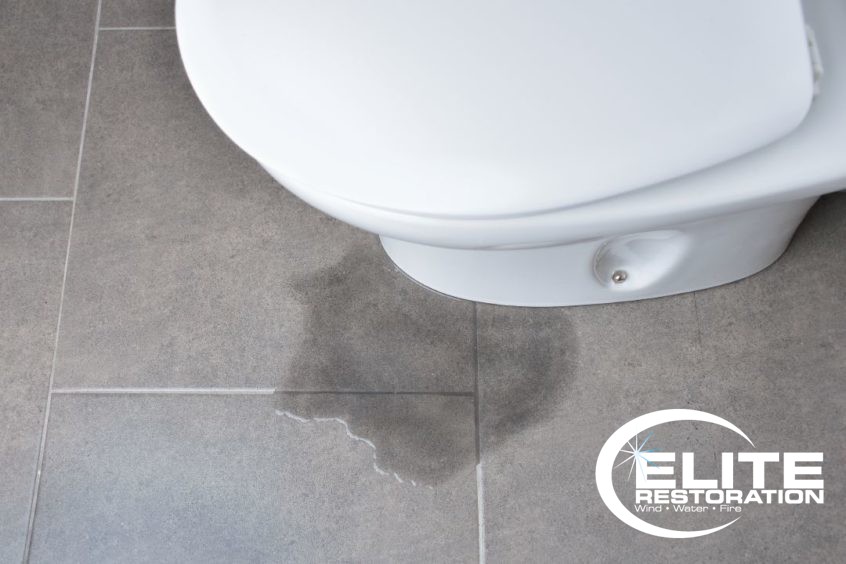Flooded Toilet. Now What?

There’s no need to be embarrassed: we’ve all been there before. Maybe too much toilet paper was used, maybe a toddler put something in there they shouldn’t have, or maybe it was something even less appealing…but we’ve all experienced a clogged toilet. And many of us haver also experienced the panic and frustration of an overflowing toilet. “How does that much water even fit in there?” we ask ourselves, as we frantically search for any and all nearby towels.
In case you’ve never experienced an overflowing toilet, or if you have but maybe the clean up last time didn’t go so well, here are some tips in case it ever happens to you…or in the event that it’s already happened and you’re currently standing in half an inch or more of toilet water. Either way, these tips should help.
- Shut off the water! Many toilets have a knob of some sort attached to the wall, towards the floor behind the toilet. This can be used to turn off the water supply to the toilet by turning the knob, typically counter-clockwise.
- Grab some towels! This may seem like a no-brainer, but it’s worth mentioning. The hand towel, bath towels, washcloths…any dry or mostly-dry cloth will work in the moment. Then head to the linen closet and grab more, if needed. Bath mats may help with absorption and water containment (see Tip #3), but you may want to throw those into the bathtub to keep them dry. This is up to you.
- Keep it contained! The main thing you want to focus on is keeping the water inside the bathroom, especially if there’s carpet directly outside. Your first instinct may be to put the towel at the base of toilet to prevent the water from getting to too much of the floor, but sometimes it just happens too fast. If that’s the case, and the water is already moving, throw a towel towards the door. This will stop the water in its path.
- Prepare for round two! There’s a very real chance you may have to use the plunger to get the remaining toilet water to go down the drain, and most likely, this will cause additional water pour-over. It’s better to take care of this before you clean up the water that’s already at the base of the toilet, because otherwise you’ll be doing all of this twice. So lay down some extra towels by the toilet, and plunge away.
- Dry it up! This one’s pretty self-explanatory. Use those towels to absorb the water. Be sure to get the areas under your bathroom cabinets, behind your toilet, by your tub, under the garbage can, under the plunger, and under or by any decorative items you may have. Water that’s left behind might cause damage later down the road.
- Mop it up! After you’ve dried up most of the water and brought your towels to the laundry room to start an unplanned laundry day, grab a mop and bathroom cleaner so your floor won’t feel dirty or sticky.
- Air it out! Open the bathroom window if you have one, and keep the door open too…all day if you’re able to. If there’s a sewer water smell, this will help get rid of it, along with a candle.
These tips should get you through a common toilet overflow on your own, but if you notice some damage down the road or have any questions, contact us at Elite Restoration. We’re happy to help!

